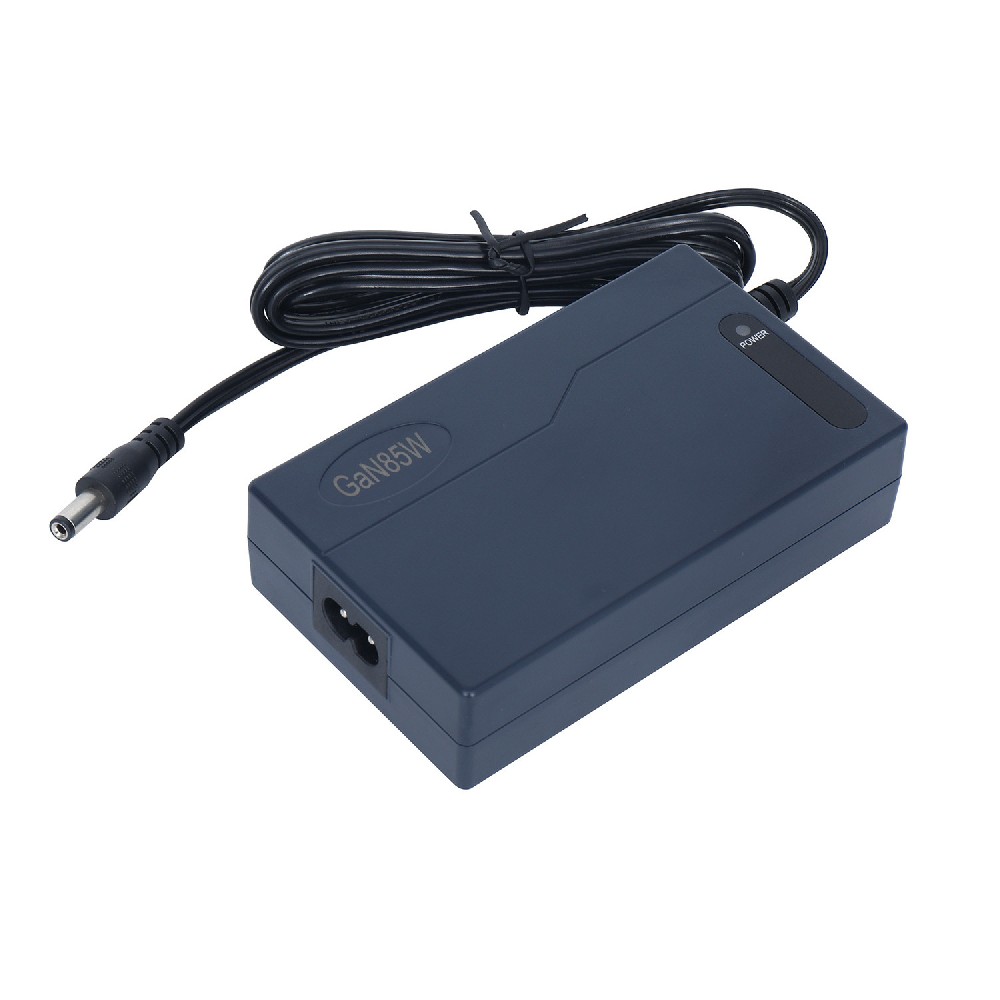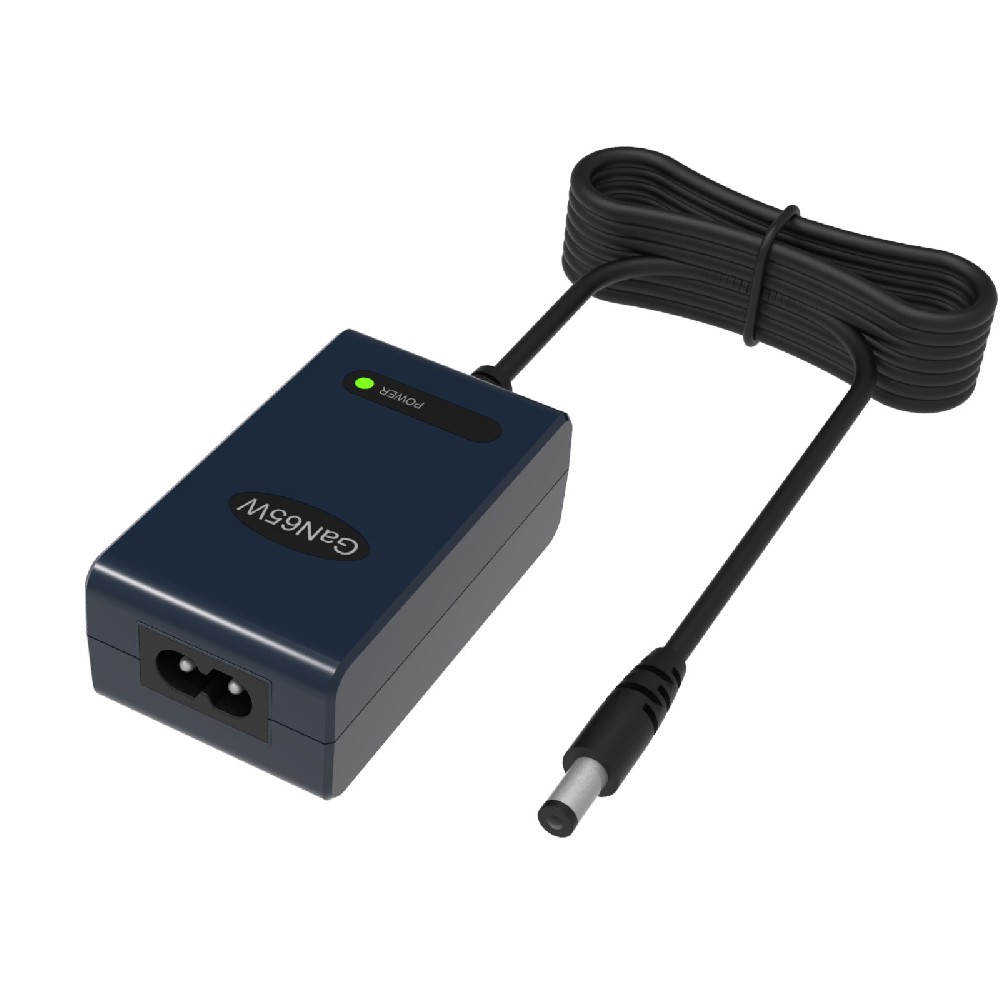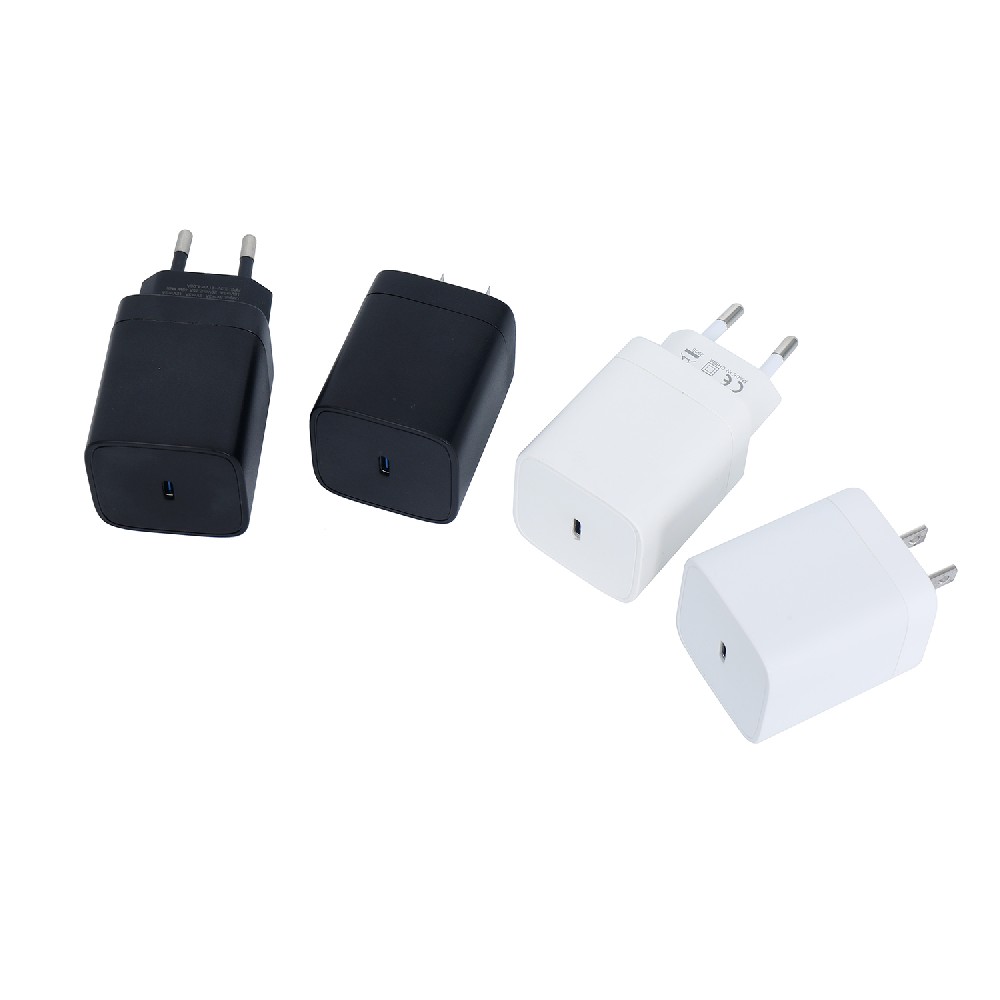Information Center
The Vital Circuit for Rapid and Safe Battery Charging: Types, Stages, and Chemistry Compatibility
Published:2023-04-13 10:13:28 Author:Green WCND Views:19Battery Charger Circuit

A battery charger circuit is an electronic device that charges rechargeable batteries. The circuit can be implemented using various components such as resistors, capacitors, diodes, transistors, etc. The basic principle of a battery charger circuit is to deliver a constant or pulsed current to the battery to recharge it.

There are two main types of battery charger circuits: linear and switch-mode. A linear charger uses a linear regulator to regulate the charging current, while a switch-mode charger uses a switch-mode power supply to regulate the charging current. Switch-mode chargers are more efficient and compact than linear chargers, but they are also more expensive and complex to design.
The charging process involves three main stages: bulk, absorption, and float. During the bulk stage, the charger delivers a high current to the battery to quickly charge it up to about 70-80% of its capacity. During the absorption stage, the charger reduces the charging current to prevent overheating and overcharging of the battery. The charger also monitors the battery voltage and adjusts the charging current accordingly. Finally, during the float stage, the charger maintains a low current to keep the battery fully charged without overcharging it.
Most battery charger circuits use a microcontroller or a dedicated charging IC to control the charging process. The microcontroller or IC measures the battery voltage, current, and temperature and adjusts the charging current and voltage accordingly. Some charger circuits also incorporate features such as overvoltage and overcurrent protection, short-circuit protection, and reverse-polarity protection.
Battery charger circuits can be designed for various battery chemistries such as lead-acid, nickel-cadmium, nickel-metal hydride, and lithium-ion. Each chemistry has its own charging requirements, so the charger circuit must be designed to meet those requirements. For example, lead-acid batteries require a constant voltage charging while lithium-ion batteries require a constant current and voltage charging.
In conclusion, a battery charger circuit is an essential device that is used to recharge rechargeable batteries. The circuit can be designed using various components and technologies, but the basic principle is to deliver a constant or pulsed current to the battery to recharge it. The charging process involves three main stages: bulk, absorption, and float. The charger circuit must be designed to meet the charging requirements of the specific battery chemistry.
For golf course managers, ensuring smooth and efficient operations is crucial for providing a memorable experience for golfers and maintaining the reputation of···
A battery tester ensures golf course cart batteries operate efficiently and reduces downtime through the following ways:I. Precise Battery Condition DiagnosisOp···
Battery testers significantly enhance the work efficiency of automotive maintenance technicians through several key ways:I. Rapid Diagnosis of Battery IssuesBat···
Battery testers play a crucial role in automotive battery production lines, significantly enhancing efficiency through highly automated testing processes and mu···





